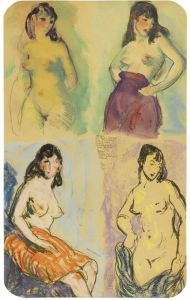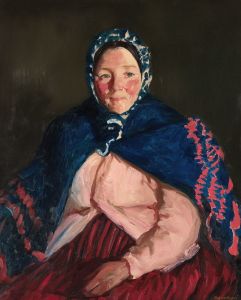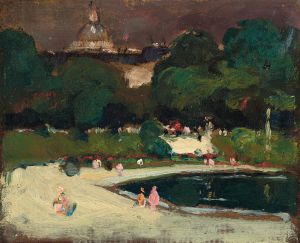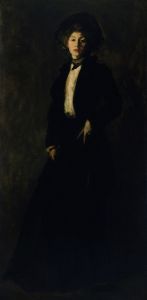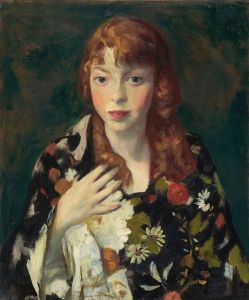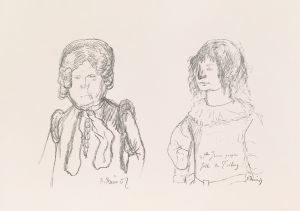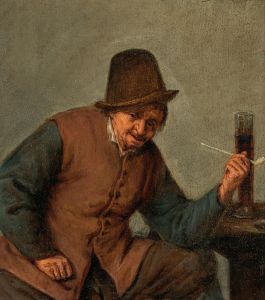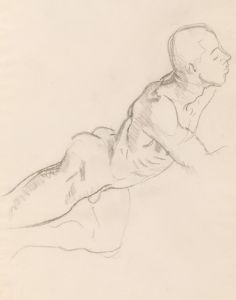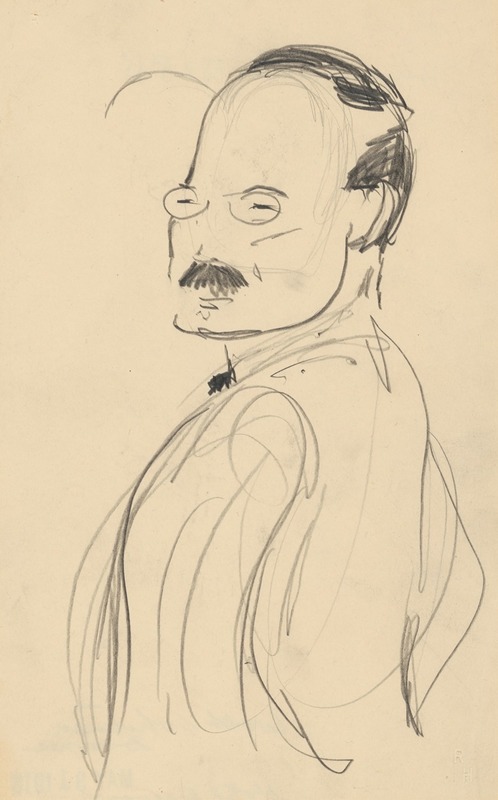
Unidentified Man
A hand-painted replica of Robert Henri’s masterpiece Unidentified Man, meticulously crafted by professional artists to capture the true essence of the original. Each piece is created with museum-quality canvas and rare mineral pigments, carefully painted by experienced artists with delicate brushstrokes and rich, layered colors to perfectly recreate the texture of the original artwork. Unlike machine-printed reproductions, this hand-painted version brings the painting to life, infused with the artist’s emotions and skill in every stroke. Whether for personal collection or home decoration, it instantly elevates the artistic atmosphere of any space.
"Unidentified Man" is a painting by the American artist Robert Henri, a prominent figure in the Ashcan School of art. Created in 1913, the work exemplifies Henri's focus on realism and his dedication to portraying the individuality and humanity of his subjects. The painting depicts an unidentified male figure, whose identity remains unknown, dressed in simple attire. The subject's direct gaze and the artist's loose yet deliberate brushwork highlight Henri's ability to capture both the physical presence and the inner character of his sitters.
Robert Henri (1865–1929) was a leading advocate for a more democratic and unvarnished approach to art, often painting ordinary people rather than idealized or aristocratic figures. His works frequently emphasized the dignity and uniqueness of his subjects, regardless of their social status. "Unidentified Man" is consistent with this ethos, presenting the sitter with a sense of respect and authenticity.
The painting is notable for its use of a dark, muted color palette, which draws attention to the subject's face and expression. Henri's technique demonstrates his mastery of tonal contrasts and his ability to convey mood and personality through minimal detail. The background is understated, ensuring that the focus remains on the sitter.
"Unidentified Man" is part of the collection of the Smithsonian American Art Museum in Washington, D.C. It reflects Henri's broader artistic philosophy, which sought to challenge the conventions of academic art and celebrate the everyday lives of ordinary people. The painting is an example of Henri's commitment to creating art that was accessible and meaningful to a wide audience.
While the identity of the man in the painting is not documented, the work continues to be appreciated for its artistic merit and its role in illustrating Henri's contributions to American art.






